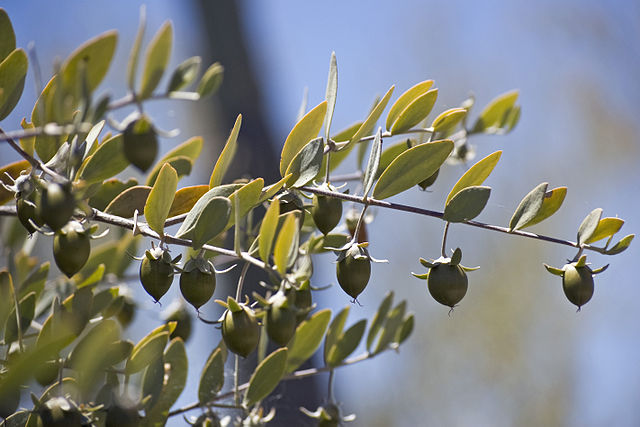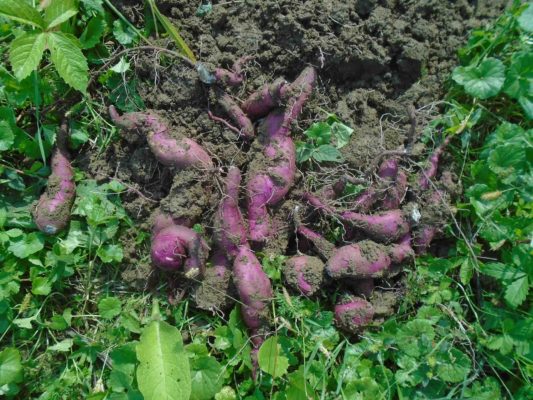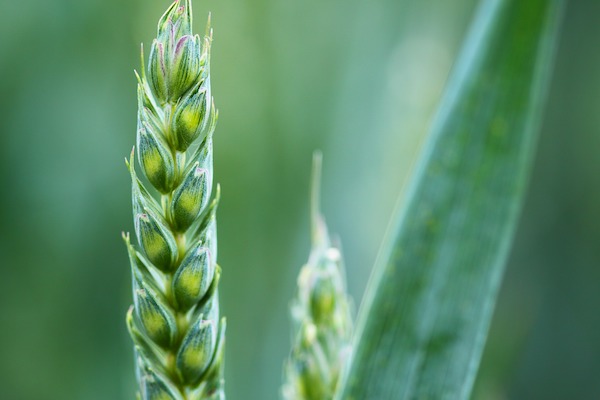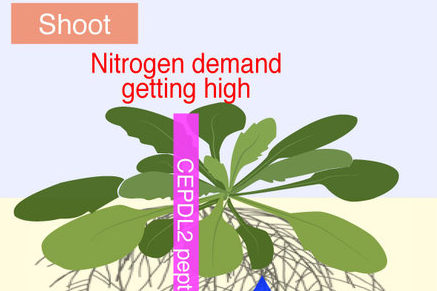
Wheat is one of the most common cereal crops. Scientists all over the world are looking for ways to increase yields. In particular, attempts are being made to make wheat less susceptible to all kinds of diseases caused by adverse weather conditions – excess or lack of moisture, too high or low temperature, etc.













